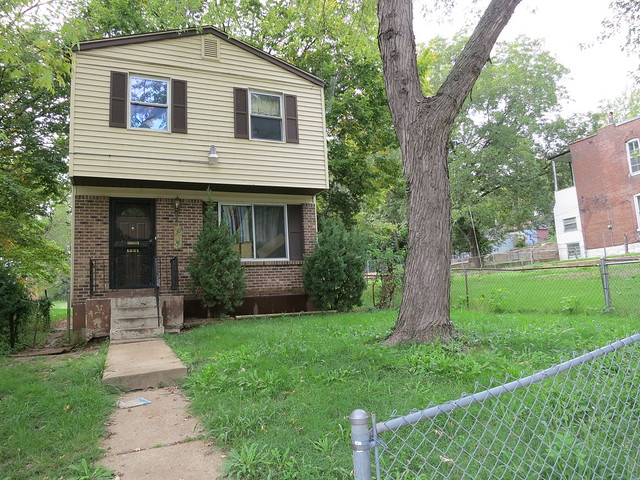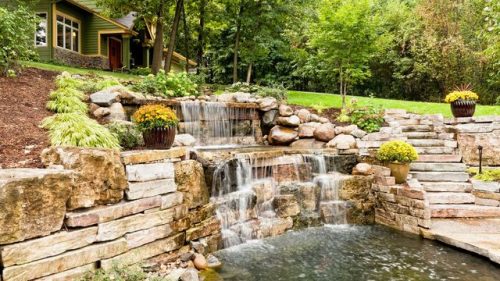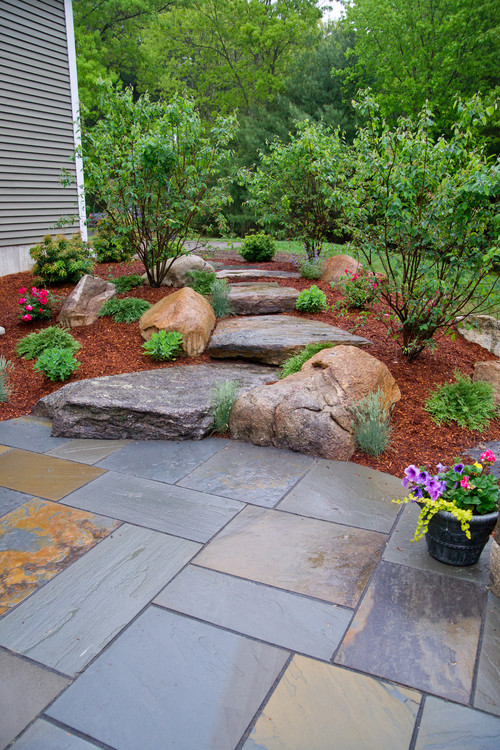The Ultimate Guide to Funky Home Smells
The Ultimate Guide to Funky Home Smells

There are two definitions of funky: 1) something that’s cool, and 2) something that smells bad. For our purposes, we’ll be talking about the latter—and the tragic consequences if this stench is emanating from your home.
The problem is, you may be so accustomed to your home’s smell that you don’t even notice when your guests are knocked off their feet when they enter your home. And whether you’re just entertaining or are hoping to sell your home, off-putting smells can be a huge turnoff, even if your home is immaculate otherwise. To help, here’s your ultimate guide to all the odors that can assail your home and how to get rid of them once and for all.
Rotten food
Cause: Your refrigerator and garbage disposal are basically burping up decaying food.
What to do: Purge your refrigerator on a regular basis, and clean the shelves and drawers to remove rotten spilled liquid. Yes, this is gross. Do it.
“Use distilled white vinegar or hydrogen peroxide and a microfiber cloth,” says cleaning expert Leslie Reichert. To rid your sink of stink, clear rotting food from the blades of your garbage disposal by putting ice cubes down it with some salt and frozen lemon peels.
———
Animal odors
Cause: The most common nose-crinkling smells in a home are caused by the furry friends that live with us, usually because they don’t always relieve themselves where they should. Odors can also be due to a lingering stench on animal fur, says Frank Lesh, executive director of the American Society of Home Inspectors.
What to do: If a cat or dog uses a carpet as a toilet, use a pet enzyme removal product such as Resolve on the offending area to remove all trace of the scent and find an effective way to deter your pet from a repeat performance in a spot it may consider its own.
For litter boxes, sprinkling a bit of baking soda can work wonders. If shedding is your nemesis, vacuuming the fur (off the floor and furniture) and spot-deodorizing should do the trick.
If all of the above do not work, removal of the offending furniture or rug is often the only way to resolve the issue, says Lesh.
———
Smelly carpets
Cause: Think of carpets as large sponges that absorb all the smells in your home—from pet odors to sweaty feet to pungent cooking, and beyond.
What to do: For large olfactory challenges, call in a steam cleaner. For smaller yet troublesome areas, put some cheap vodka in a spray bottle and lightly mist the carpeting.
“When the vodka evaporates, it will take the smells with it,” Reichert says.
———
Stinky AC
Cause: Your air conditioner dehumidifies the air as it cools, but stagnant water can collect in an AC unit, allowing mold and mildew to grow in the lingering moisture. This can result in a smell similar to sweaty extremities wafting from air vents, says Richard Ciresi, a multiple-unit franchisee of Aire Serv in Louisville, KY. And, in addition, if someone in your home smokes, the fumes can get pulled into the condenser coil and recycled into your home every time you run the AC, says Ciresi.
What to do: A quick cleaning and repair to help excess water drain properly should remedy a mildew issue. Since a dirty filter can also harbor mold growth, replace filters regularly. To banish lingering smoke smells, clean the coil.
———
Mustiness
Cause: Water’s the culprit! “Basement smell” can severely affect the structural integrity of your home as well as your health. Although water can accumulate anywhere, areas where dampness tends to hide include the attic, basement, and bathrooms.
“If you have a water leak behind a wall or under a floor, wood rot may occur along with mold and mildew odors,” says Lesh.
What to do: Finding small leaks early can help prevent serious water damage and offending stenches.
“I recommend looking at the underside of the attic roof at least twice a year or after heavy rain/snowfall in the spring,” says Lesh. In a basement or crawl space, water accumulation is often caused by poor drainage from the roof. Keep your gutters clean and the downspouts flowing away from the foundation. And always dry out damp areas with a humidifier.
———
Burnt … something
Cause: You may smell a truly weird odor the first time you fire up your furnace in the fall. But relax, it’s typically from the accumulated dirt that falls into the floor ducts, says Lesh. This scent may permeate the entire house for a while when the debris first heats up.
What to do: Simple—clean the ducts before you turn your heat on each year.
———
A general stale scent
Cause: Stagnant air holds on to dust, dander, and dust mites.
“This usually happens in the summer and winter as we all keep our homes closed up because of air conditioning and heating,” says Reichert.
What to do: You can battle stale air just by opening a few windows once a week to increase air flow.
“Your home needs to have the air exchanged; and if you open some windows, you allow fresh air into the house and remove those stale odors,” says Reichert.































